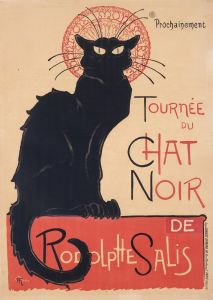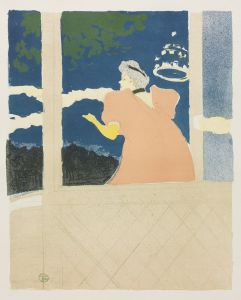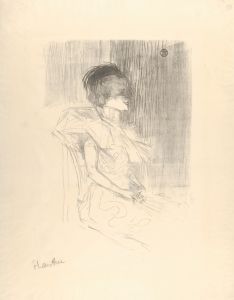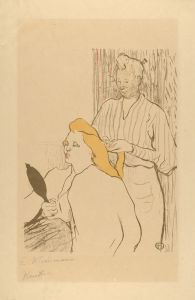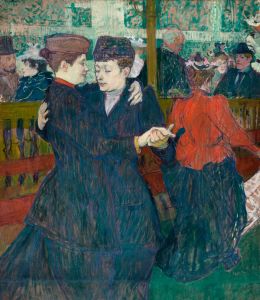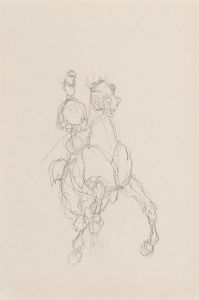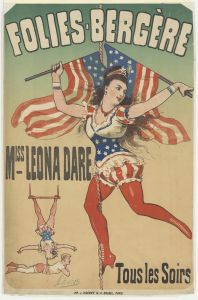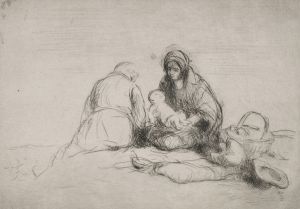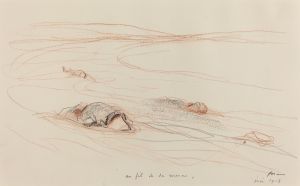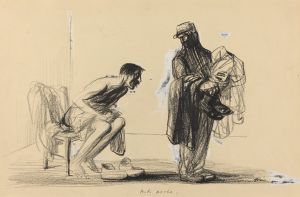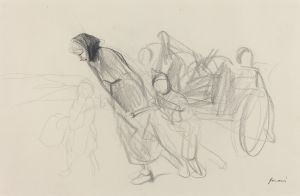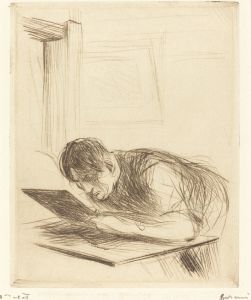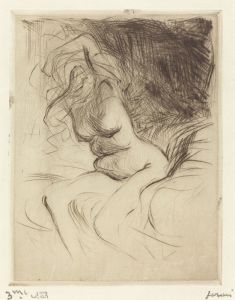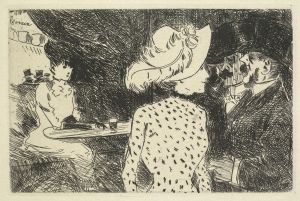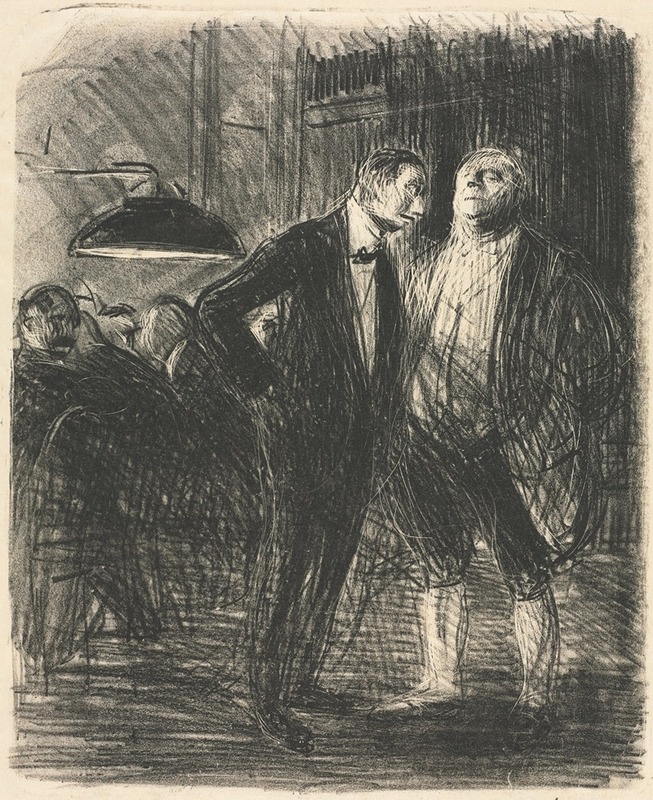
Le Decavé
A hand-painted replica of Jean-Louis Forain’s masterpiece Le Decavé, meticulously crafted by professional artists to capture the true essence of the original. Each piece is created with museum-quality canvas and rare mineral pigments, carefully painted by experienced artists with delicate brushstrokes and rich, layered colors to perfectly recreate the texture of the original artwork. Unlike machine-printed reproductions, this hand-painted version brings the painting to life, infused with the artist’s emotions and skill in every stroke. Whether for personal collection or home decoration, it instantly elevates the artistic atmosphere of any space.
Jean-Louis Forain (1852–1931) was a French painter, illustrator, and printmaker associated with the Impressionist and later the Symbolist movements. He is known for his satirical depictions of Parisian society, often focusing on themes of urban life, entertainment, and the human condition. One of his works, Le Decavé, reflects his characteristic style and subject matter.
Le Decavé translates roughly to "The Ruined Man" or "The Bankrupt" in English, capturing the essence of financial or social downfall. The painting portrays a man in a moment of despair or contemplation, likely reflecting the struggles of individuals in the rapidly changing social and economic landscape of late 19th-century Paris. Forain's work often drew from real-life observations, and this piece is no exception, offering a poignant commentary on the vulnerabilities of modern life.
Forain was heavily influenced by his contemporaries, including Edgar Degas, with whom he shared a close friendship. Like Degas, Forain often explored themes of human frailty and the complexities of urban existence. His works frequently depicted scenes from cafés, theaters, courtrooms, and other public spaces, where he observed the interactions and emotions of everyday people. Le Decavé fits within this context, showcasing Forain's ability to capture the subtleties of human expression and social dynamics.
The painting is executed in Forain's signature style, which combines loose, expressive brushwork with a keen eye for detail. His use of light and shadow adds depth and drama to the scene, emphasizing the emotional weight of the subject. While Forain's earlier works were more closely aligned with Impressionism, his later pieces, including Le Decavé, exhibit a darker, more introspective tone, reflecting his shift toward Symbolism and his interest in exploring the psychological aspects of his subjects.
Jean-Louis Forain's art provides valuable insights into the cultural and social milieu of his time. His works, including Le Decavé, remain significant for their ability to convey the complexities of human experience with both empathy and critical observation. Today, Forain's paintings are held in various public and private collections, and his contributions to the art world continue to be studied and appreciated for their unique perspective on 19th-century life.
Further specific details about the provenance or current location of Le Decavé are not readily available.





